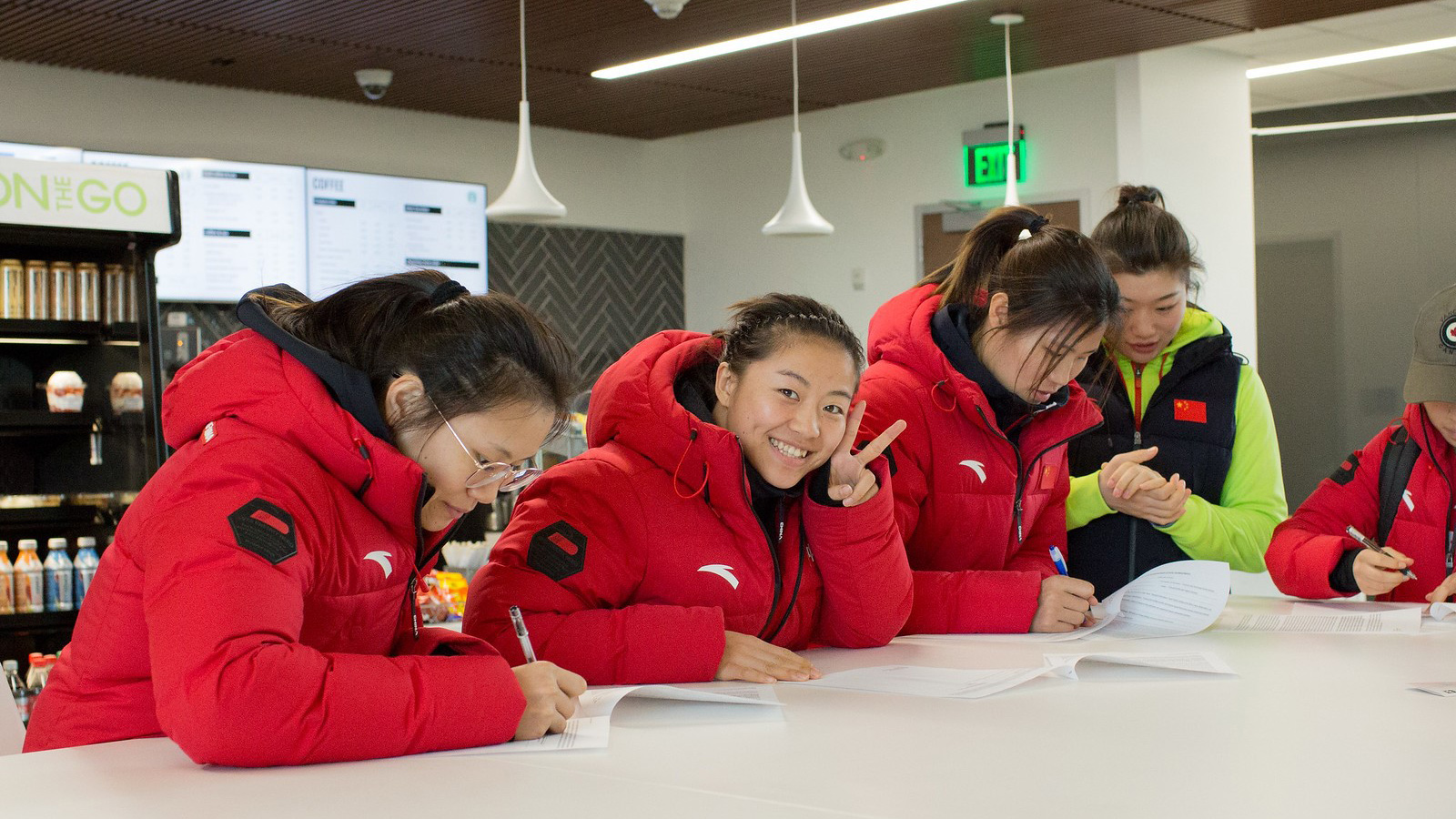
Research and Publications
Current Research
A list of the ongoing studies in the Health and Human Performance Institute is listed below. If you are interested in volunteering, please email HumanPerformance@uhcl.edu.
Longitudinal Study of Exercise (in Review)
Principal Investigator: William E. Amonette, PhD; Joeseph Hazzard, Ed.D., ATC
Purpose
To implement a long-term combined resistance and metabolic exercise program along with nutritional recommendations, determining the effect on body composition, flexibility, neuromuscular strength and function, balance, and metabolic capacity.
Eligibility
- > 40y or presence of chronic disease
- Willing to commit 2-4 days per week for monitored exercise
- Willing to routinely document 5 day dietary record
Time Requirements
3-4 Testing sessions per year.
2-4 day per week daily exercise lasting approximately 45 minutes.
Testing Requirements
- Measurement of height, weight, and blood pressure
- Body composition test (sitting quietly in a small chamber for several minutes)
- Flexibility tests
- Grip Strength
- 10m Walk Forward and Backwards
- Standing Balance
- Computerized Dynamic Posturography
- Time-up-and-Go
- Neurocognitive Assessments
- Dual X-ray Absorptiometry
Association between Physiologic and Physical Characteristics and Race Performance in Young Swimmers (Currently Inactive)
Principal Investigator: TBD
Purpose
To implement a long-term tracking program in a group of competitive swimmers, quantifying changes in physiologic and physical capabilities with development. Second, to determine the association between anthropometric, physiologic, and physical capabilities to swim performance (race times) in pre-pubescent and young adolescent swimmers.
Eligibility
- Reasonably healthy according to the American College of Sports Medicine
- Competitive swimmer between 10 - 21y
Time Requirements
Three to four testing sessions per year, approximately 60-120 minutes long.
Testing Requirements
- Measurement of height and weight
- Body composition test (sitting quietly in a small chamber for several minutes)
- Countermovement Vertical and Static Squat Jump tests
- VO2max test
- Isokinetic tests
- Pushup test
- Hang body pull test
- Trunk strength test
- Forearm/Handgrip strength test
Gender Differences in the Control of Balance and Postural Stability Among Soccer Players (Currently Inactive)
Principal Investigator: William E. Amonette, PhD and Anne Anders, PhD
Purpose
The purpose of this research study is to determine potential differences in the functionality and integration of these three sensory systems, between male and female soccer players.
Eligibility
- Reasonably healthy according to the American College of Sports Medicine
- Free from orthopedic injury. If a volunteer has previously suffered an injury that required medical attention, he or she can only take part in the study upon receiving full clearance to return to sport from their physician.
- Between 11 – 40 years old
- Never had a seizure or seizure disorder diagnosis
Testing Requirements
One testing session, approximately 30 – 60minutes.
Time Requirements
Computerized Dynamic Posturography Assessment
- Adaptation Test
- Sensory Organization Test
- Motor Control Test
- Limits of Stability Test
- Single Leg Support Test
Reliability of Unilateral Leg Press Throws (In Writing)
Principal Investigator: William E. Amonette, PhD
Purpose
The purpose of this research study is to quantify the reliability between unilateral isometric and power testing measured using leg press throws at varying intensities and to determine the load that results in the greatest mechanical power output.
Eligibility
- Reasonably healthy according to the American College of Sports Medicine
- 18 – 45 years old
Time Requirements
Two testing session, approximately 30 – 60minutes.
Testing Requirements
- Isometric Leg Press Test (each leg)
- Leg press power test at 30, 40, 50, 60, and 70% of peak isometric force production







